You can pay homage to a ballet classic or you can tear it up and reinvent it. Both approaches were on offer in London a fortnight ago: a revival of Frederick Ashton’s Sylvia, set to Léo Delibes’s 1876 score, and a Swan Lake from Michael Keegan-Dolan that ditches Tchaikovsky, tutus and toe shoes and relocates the story to a dysfunctional community in the Irish midlands.
There’s an eerie, gaslit vibe to the Royal Ballet’s Sylvia. Look along the row and you half expect the audience to be styled to match its Second Empire pastiche: epaulets, lorgnettes, rickets. When Ashton made Daphnis et Chloé, his other nymphs’n’shepherds ballet, in 1951, he professed himself bored by ‘people running around in tunics’ and opted for modern dress. But a year later, the fit had passed. Robin and Christopher Ironside gave Sylvia Poussin-style designs to match the baroque scenario of a virgin huntress, a rapacious abductor and a handy deus ex machina.
Despite an enchanting score, and a title role that lovingly showcased the stylistic range of Margot Fonteyn, 1950s audiences were not entirely convinced. Cuts and revisions followed, but in 1968 what was left of the ballet slipped unmourned from the repertoire until former dancer and balletmaster Christopher Newton undertook to exhume and reanimate the surviving fragments in 2004.
Ashtonian style — bendy bodies, rapid footwork — eluded many of the ensembles and Sylvia’s private army of nymphs were decidedly hit and miss (Yuhui Choe and Fumi Kaneko always excepted). But there were brightly polished cameos from James Hay and David Yudes, and the leading roles, shared by three different casts, were vividly played and danced.
The shepherd Aminta is a bit of a wet rag, plot-wise. Sylvia only ‘loves’ him after Cupid’s intervention and he plays no part in her rescue from the kidnapper’s clutches. But debutant Vadim Muntagirov contrives to make a hero of him by the sheer beauty of his dancing, piloting Marianela Nuñez through Ashton’s unsparing pairwork and shaping his solos with unforced grandeur. Nuñez relished the darting leaps and made easy work of the toe-twisting pizzicato variation, but on the opening night she was let down by Simon Hewett’s unyielding, almost metronomic baton. Reece Clarke was an assured partner for the airy, Amazon-ian Lauren Cuthbertson and delivered his Act Three party piece with lordly bounce. Federico Bonelli was an elegant foil for Natalia Osipova’s witty, multifaceted Sylvia.
The former Bolshoi star revelled in the role’s contradictions, signature steps repeated with subtle changes of volume and emphasis to create entirely different effects. In Act Two, her torso morphs imperceptibly from ice maiden to showgirl as she bamboozles her captor. By the third act, she has evolved into an exultant Petipa ballerina.
Michael Keegan-Dolan has yet to get his hands on Sylvia but give it time. Although not a fan of ballet, he makes regular raids on its stories — Giselle, Romeo and Juliet, Rite of Spring, Petrushka — which he recasts as grim rural tragicomedies set in contemporary Ireland.
His acclaimed 2016 Swan Lake/Loch na hEala reimagines Siegfried as a suicidal thirty-something in a risibly grim small town. Brooding on his father’s death, he is bullied by his crone of a mother and consoled by Rachel Poirier’s Finola, a girl struck dumb after a rape by the local priest, a protean Von Rothbart figure played by the mesmerising narrator Mikel Murfi. The traditional lakeside pas de deux is reconfigured as a wary duet in a sea of plastic sheeting, a heartbreaking blend of gaucherie and grace danced to live accompaniment from the Irish/Nordic trio Slow Moving Clouds. Like the best versions of Swan Lake it all ends in tears, but the apotheosis — a snowball fight with bales of white feathers — is weirdly uplifting.
Got something to add? Join the discussion and comment below.
Get 10 issues for just $10
Subscribe to The Spectator Australia today for the next 10 magazine issues, plus full online access, for just $10.
You might disagree with half of it, but you’ll enjoy reading all of it. Try your first month for free, then just $2 a week for the remainder of your first year.

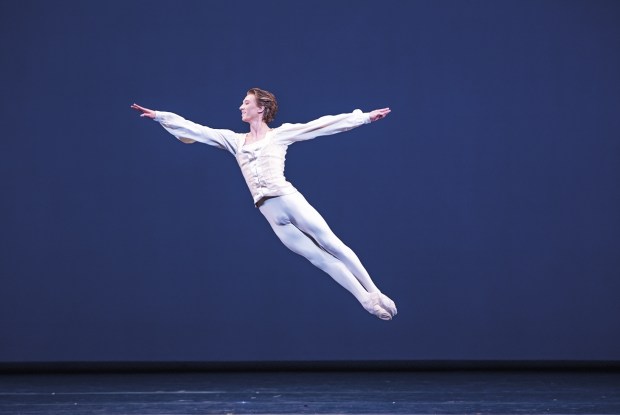
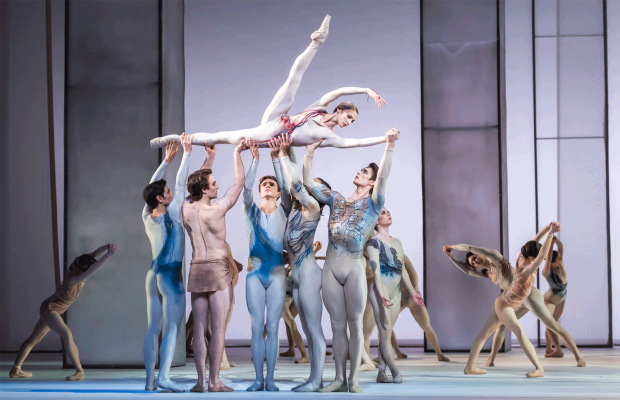
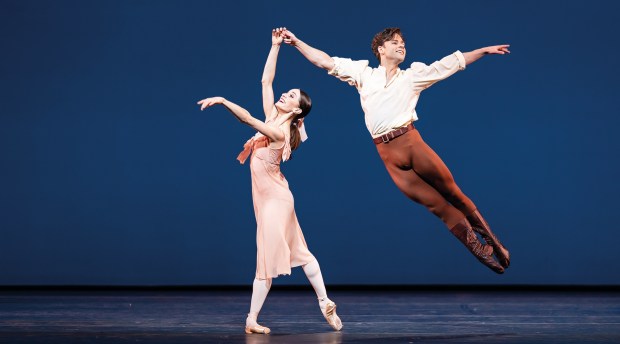
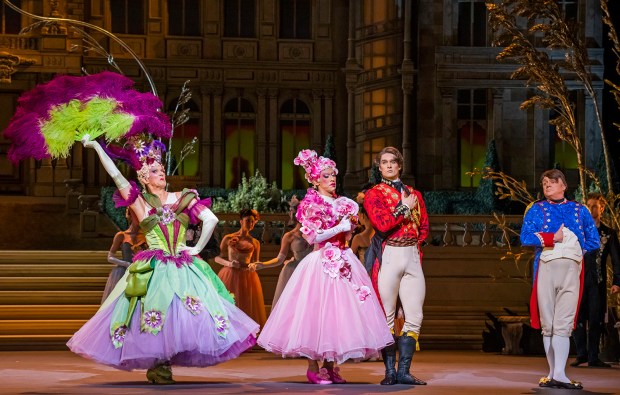
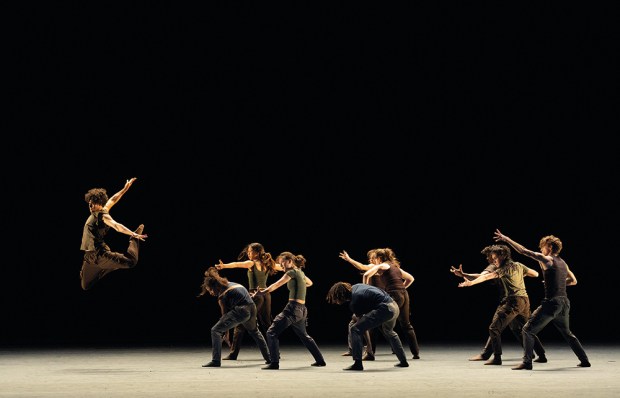
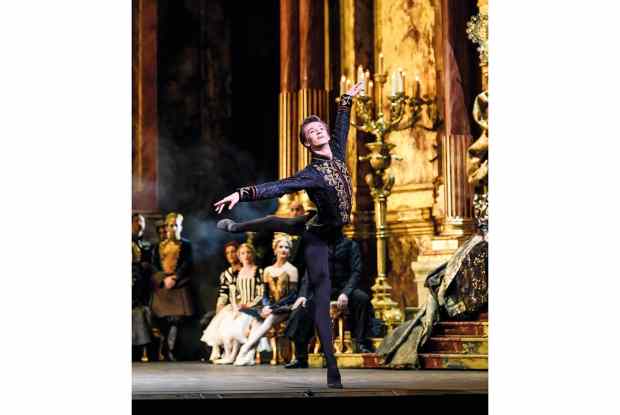






Comments
Don't miss out
Join the conversation with other Spectator Australia readers. Subscribe to leave a comment.
SUBSCRIBEAlready a subscriber? Log in